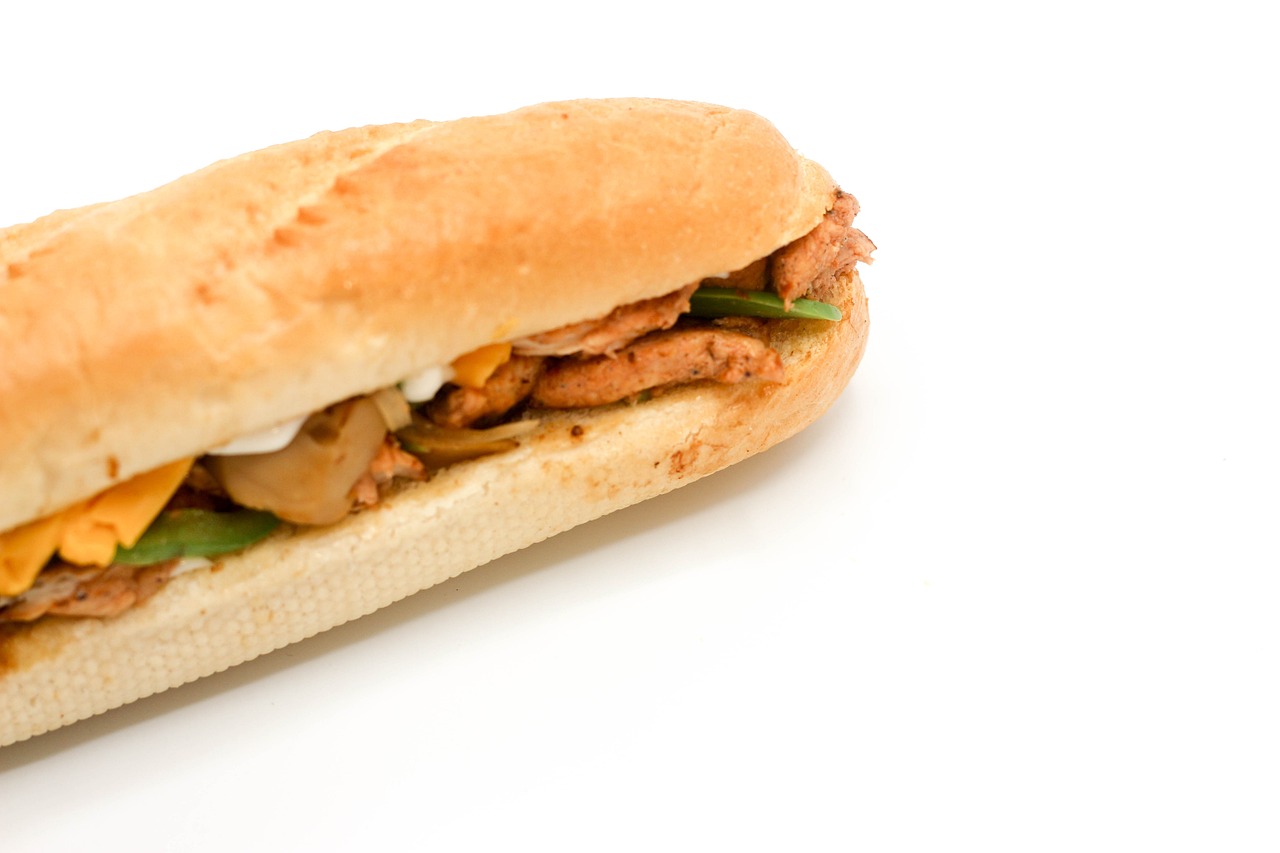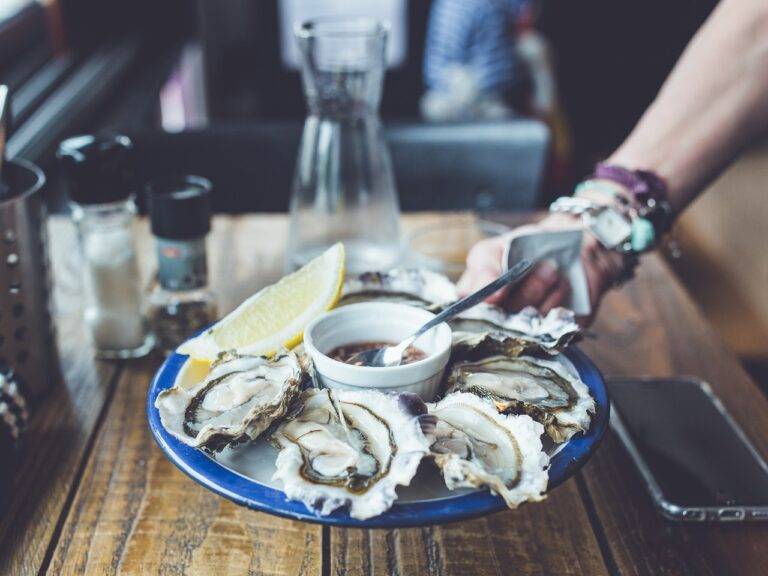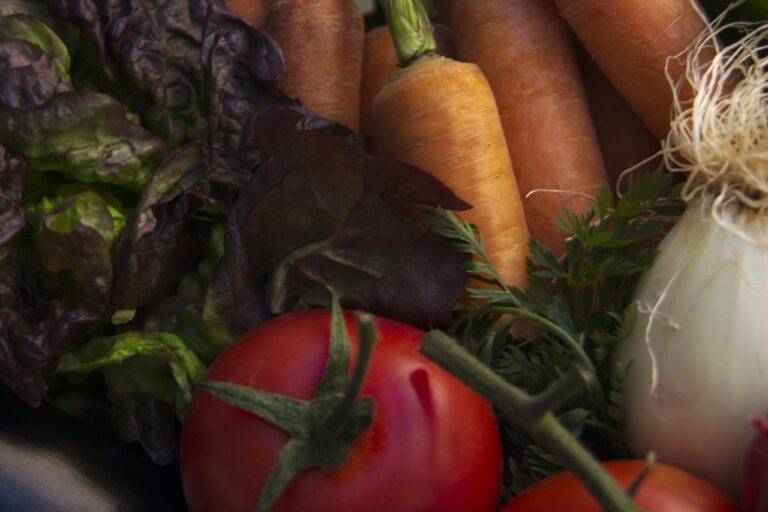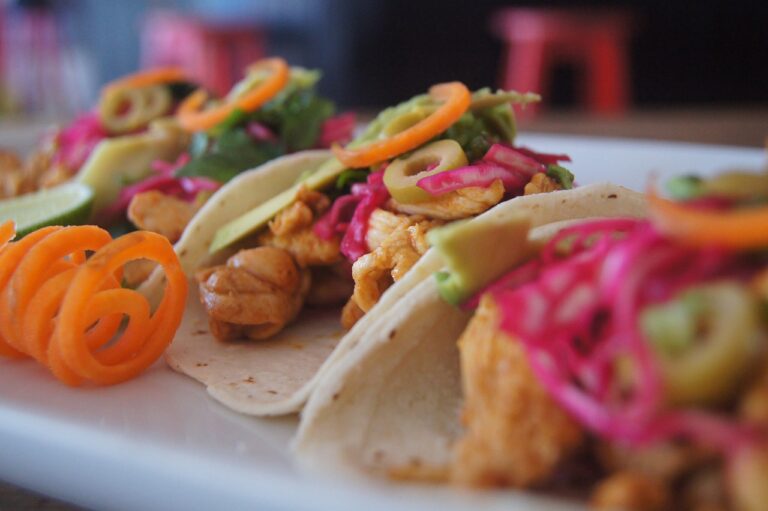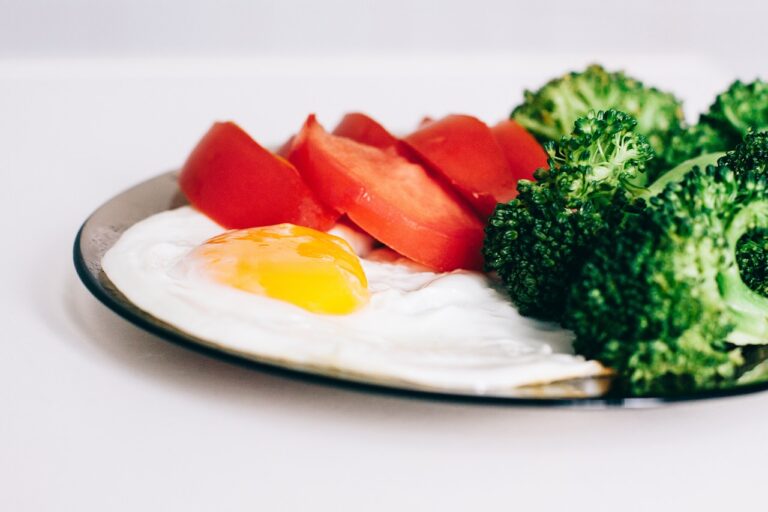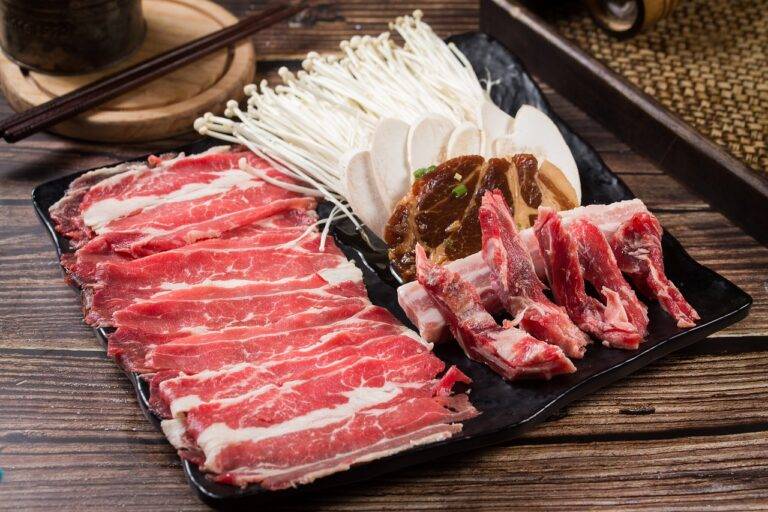How to Conduct a Comparative Olive Oil Tasting: Diamondexch9, Sky99exch com login, Reddy club
diamondexch9, sky99exch com login, reddy club: Olive oil tasting is a popular practice among food enthusiasts and chefs alike. It allows you to explore the nuances of different olive oils, from their flavor profiles to their textures. If you’re interested in conducting a comparative olive oil tasting, here are some tips to help you get started.
Choosing the Olive Oils
The first step in conducting a comparative olive oil tasting is selecting the oils you want to compare. Look for high-quality extra virgin olive oils from different regions or producers. Consider factors like the olive varieties used, the production methods, and the flavor profiles you’re interested in exploring.
Setting Up the Tasting
When setting up your olive oil tasting, be sure to use clean and odor-free tasting vessels. Small cups or glasses are ideal for this purpose. Label each vessel with the name of the olive oil it contains to keep track of your tastings. Provide slices of bread or apple slices for cleansing your palate between samples.
Tasting Procedure
To conduct a comparative olive oil tasting, follow these steps:
1. Pour a small amount of each olive oil into its respective tasting vessel.
2. Swirl the olive oil in the glass to release its aromas.
3. Take a deep sniff of the olive oil to evaluate its aroma.
4. Take a small sip of the olive oil and let it coat your tongue.
5. Note the flavors you detect, such as fruity, peppery, or grassy notes.
6. Consider the mouthfeel of the olive oil, noting its viscosity and texture.
7. Spit out the olive oil after tasting to avoid palate fatigue.
Comparing Olive Oils
As you taste each olive oil, make notes on its aroma, flavor, and mouthfeel. Compare the oils side by side to identify differences in taste and quality. Consider factors like bitterness, pungency, and fruitiness when evaluating the olive oils. Take your time to savor each oil and appreciate its unique characteristics.
Pairing Olive Oils with Food
After conducting your comparative olive oil tasting, consider how each oil pairs with different foods. Olive oil can enhance the flavors of dishes like salads, pasta, and grilled vegetables. Experiment with pairing different oils with various dishes to find your favorite combinations. You may be surprised by how the right olive oil can elevate a simple meal.
FAQs
Q: How should I store olive oil for tasting?
A: Store olive oil in a cool, dark place away from heat and light to preserve its freshness. Use opaque containers or dark glass bottles to protect the oil from oxidation.
Q: Can I reuse tasting vessels for olive oil tastings?
A: It’s best to use clean, odor-free tasting vessels for each olive oil tasting to prevent contamination and ensure accurate flavor evaluation.
Q: What are some common olive oil tasting terms?
A: Common terms used in olive oil tasting include fruity, bitter, pungent, grassy, peppery, and nutty. These descriptors can help you identify the flavor profile of different olive oils.
Q: How can I learn more about olive oil tasting?
A: Consider taking a tasting course or attending a guided olive oil tasting event to learn more about evaluating and appreciating olive oils.
In conclusion, conducting a comparative olive oil tasting can be a fun and educational experience. By following these tips and guidelines, you can explore the diverse world of olive oils and discover your preferences. Happy tasting!

